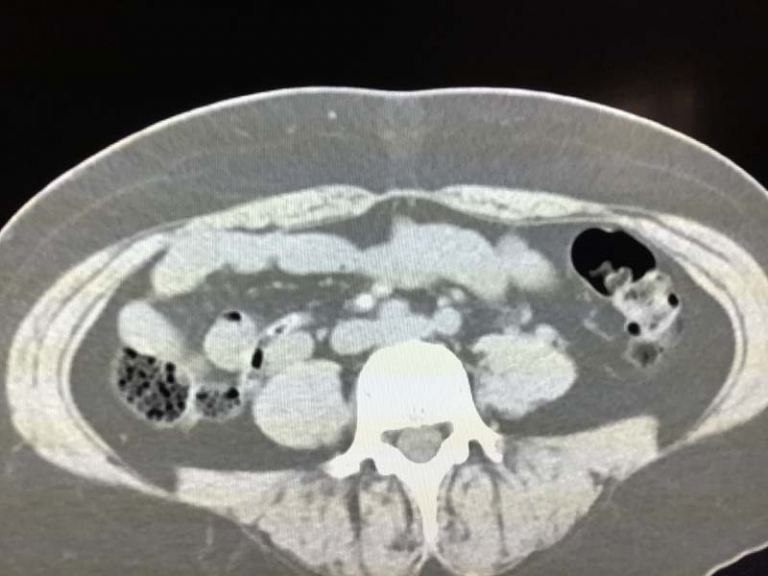What Does It Mean When You See Limited Study In A Report?
A common statement seen in radiology reports is the phrase limited study. Often the radiologist interpreting the study will state the reasons why the study is limited. Limited study basically means that the exam you have had is not as good for detecting abnormalities and diagnosing your problem as an exam when it is not limited and technically good.
Some of the reasons for a limited study include all types of artifacts. This means that there is something seen on the scan which is not related to your anatomy or disease and may be related to acquisition of an exam or some technical aspect. It is a finding that is abnormal but related to some technical aspect of performance of the exam and not to disease.
In some exams, patients can not hold still, or hold their breath consistently. This can lead to fuzzy images which are not very good for diagnosing problems you may have. This can also happen if you can not follow instructions for whatever reason, like if your sick and short of breath or have a language barrier.
Sometimes exams are limited because of patient obesity. This can cause the accuracy and quality of exams to fall. This can result in poor X-rays, particularly of the chest when they are done portably, ultrasounds, CT and MR.
Other exams are limited because of technical problems with say delivering the contrast through your vein. Sometimes the contrast doesn’t all go into your vein and goes into the tissues around it. This will prevent the contrast from going to the tissues inside your body that helps diagnose disease.
Sometimes exams are limited from human error or poor technique. Sometimes technologists may forget to perform a certain part of an exam, or fail to recognize that they cut off a piece of an organ on a CT. Ultrasound is another test where the skill of the technologist is critical to identifying problems. Technologists like every other professional has varying skill.
Limitations can also happen from something the patient has inside them. Like when there is a hip replacement and you get an MR of the pelvis. There will be artifacts which obscures portions of the pelvis. You can get artifacts from all types of implantable devices you may have. Braces can cause artifacts on MR when the head and neck is scanned.
These are just some of the causes of a limited exam and by no means exhaustive. Therefore when you see limited exam in a report, it may be because of multiple reasons. The exam may be slightly limited all the way to non diagnostic. The radiologist will usually say how limited and why. Often he will state whether the exam is completely limited, limited for a certain diagnosis or whether only a piece of the exam is not good. Usually the body of the report will go into more detail about this.
In some cases, a limited exam may mean a repeat study is needed or another type of exam may be done. For example, if an ultrasound is of poor quality, a CT can often be done. If there are artifacts on an MR because you were moving too much, a CT can be done which is not as sensitive to movement. Your clinical doctor will often decide what to do next for you based on the report and a possible discussion with the radiologist.

